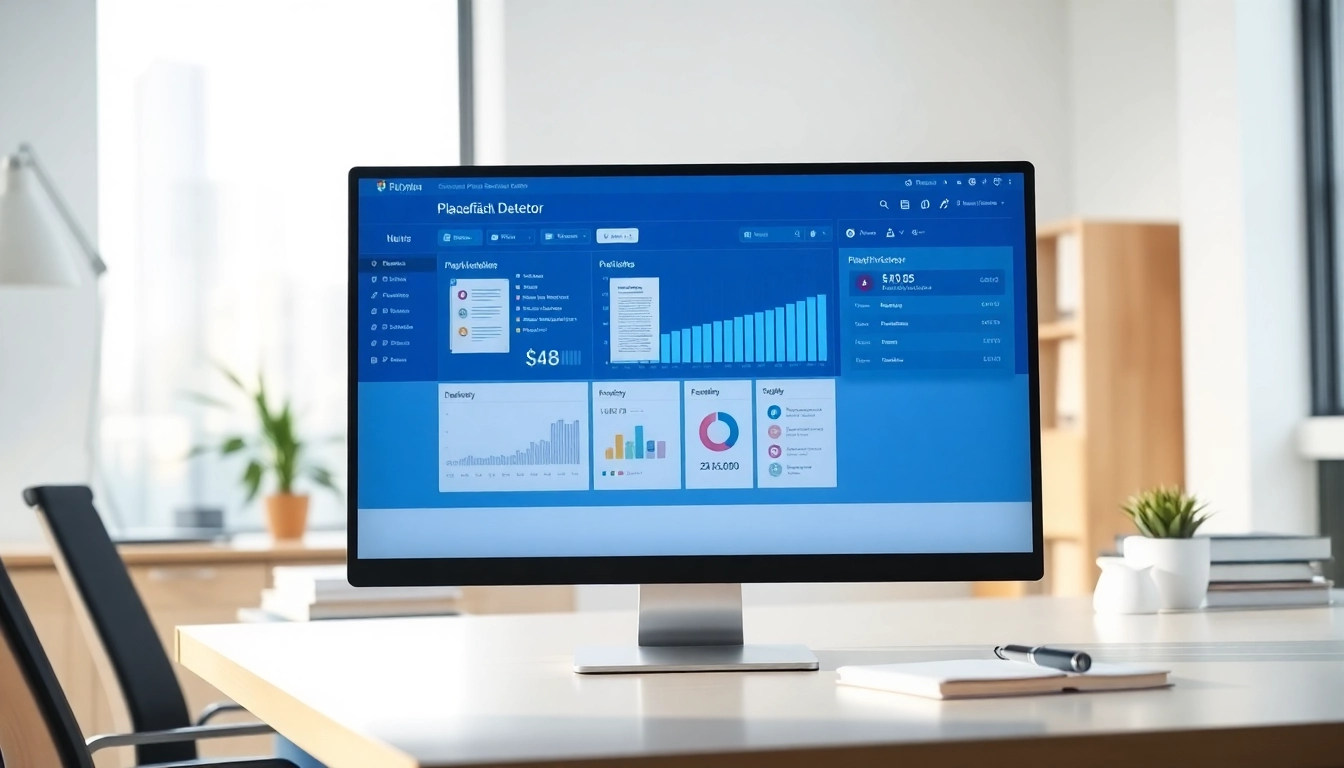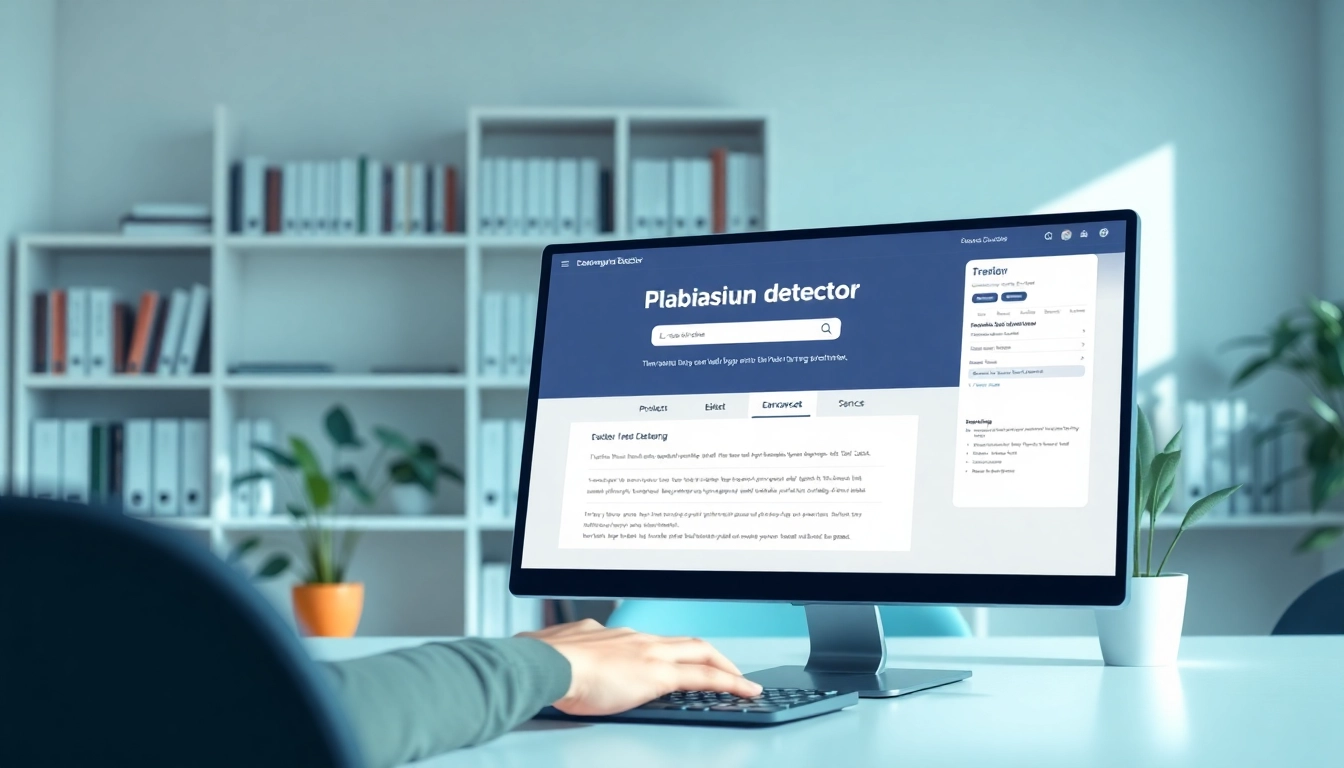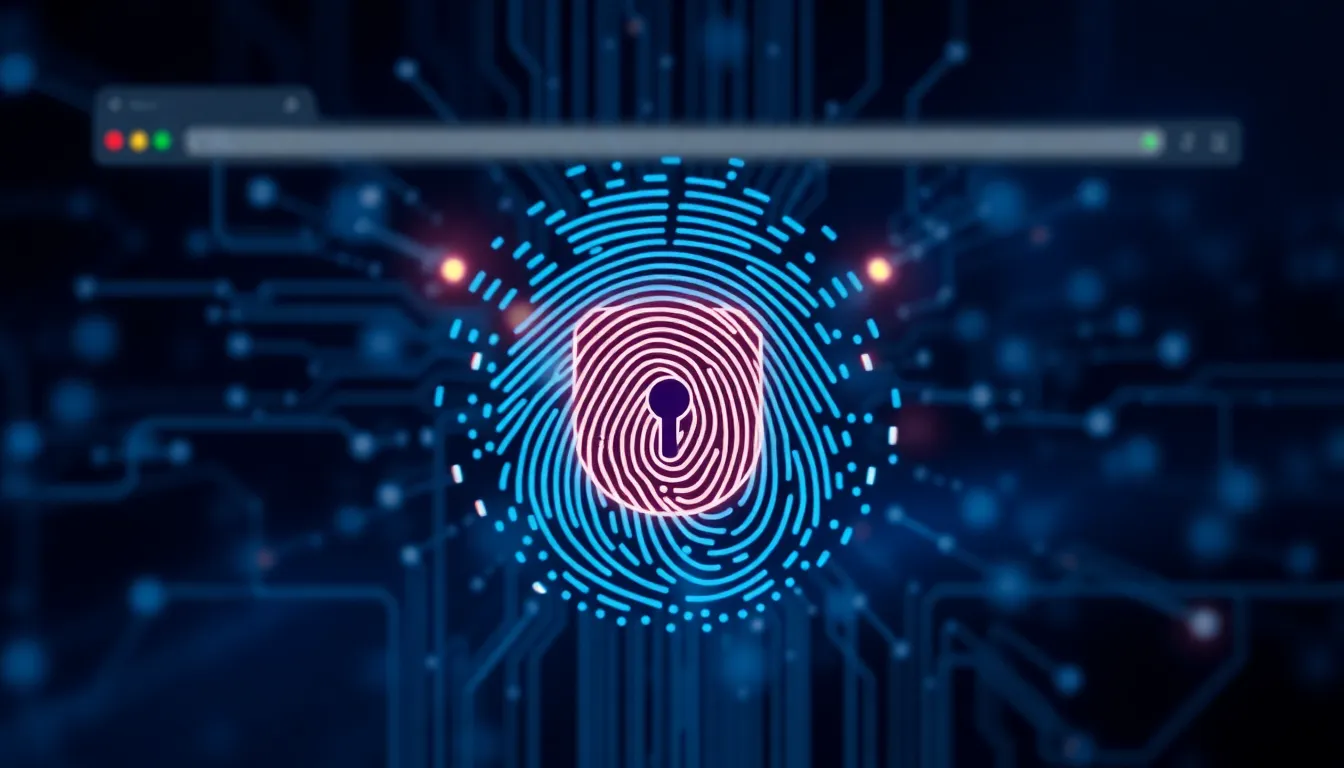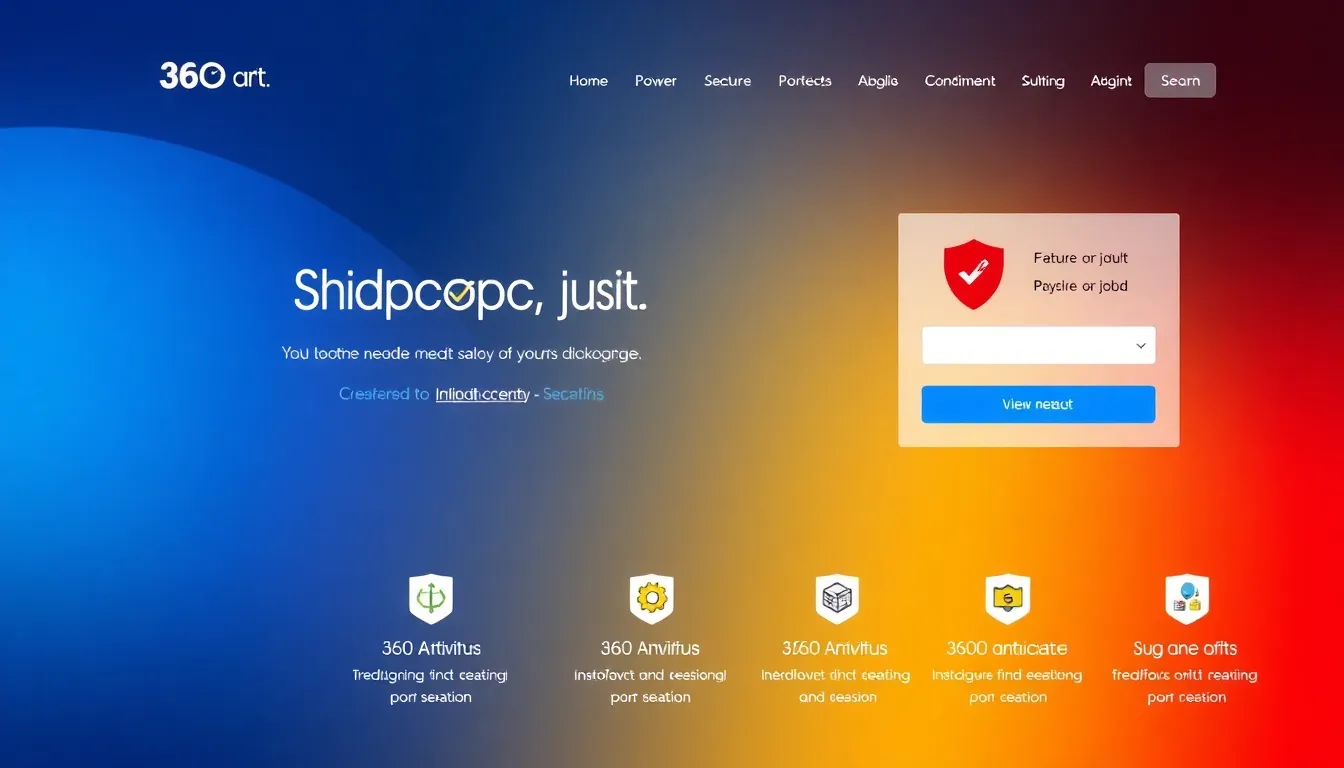
Understanding Plagiarism Detectors
What is a Plagiarism Detector?
A plagiarism detector is a sophisticated tool designed to identify instances of plagiarism in written content. Whether you are a student submitting a thesis, a content creator managing a blog, or a professional writing a report, ensuring the originality of your work is crucial. Plagiarism detectors scan text against a vast database of academic papers, online articles, and other content to flag similarities. This process helps maintain academic integrity and originality in writing, which is essential in both academic and professional settings. Utilizing a plagiarism detector can empower individuals by providing peace of mind that their work is unique and free from unintentional copyright infringement.
How Plagiarism Detection Works
Plagiarism detection relies on a combination of techniques to analyze the content effectively. The core mechanisms include:
- Text Comparison: This method breaks down the submitted text and compares it against a database of existing material. It identifies patterns, phrases, and passages that match existing content.
- Fingerprinting: Advanced algorithms create a unique “fingerprint” of the text. This fingerprint is used to conduct a search for similar patterns across an extensive range of sources.
- Semantic Analysis: This takes plagiarism detection further by understanding the context and meaning behind the words. This approach can find instances of paraphrasing or ideas borrowed from other sources without direct copying.
Each detection technique contributes to the overall effectiveness of plagiarism detectors, creating a comprehensive defense against academic dishonesty.
Benefits of Using a Plagiarism Detector
The utilization of plagiarism detectors brings numerous advantages, including:
- Preservation of Integrity: Academic integrity and professionalism are maintained, as originality is a fundamental value.
- Enhanced Learning: For students, using a plagiarism detector can serve as an educational tool that highlights areas of improvement in citation and paraphrasing.
- Preventing Legal Issues: Content creators can avoid potential copyright infringements and lawsuits by ensuring their content is original.
- Improved Credibility: Professionals who consistently produce original material are viewed as more credible and reliable in their fields.
Choosing the Right Plagiarism Detector
Features to Look For
When selecting a plagiarism detector, several features should be prioritized to ensure the tool meets your needs:
- User-Friendly Interface: The tool should be easy to navigate, allowing users to upload documents and receive reports quickly.
- Database Size: A comprehensive database enhances the tool’s ability to detect plagiarism. Look for detectors that access academic journals, publications, and other online content.
- Real-Time Reporting: This feature provides instant feedback and detailed insights about the analysis results so users can make immediate adjustments if necessary.
- Integration Capabilities: Some detectors can be integrated into tools like Google Docs or Word processors, streamlining the writing and checking process.
- Cost Options: Explore free and paid versions, ensuring that the features align with your requirements and budget.
Top Free and Paid Plagiarism Detectors
The market is rife with plagiarism detection tools. Here are some of the top contenders, both free and paid:
Free Detectors
- DupliChecker: This is a popular free tool that offers basic text comparison features, easy interface, and a limit on the number of free checks available per day.
- Plagscan: Known for its accuracy and user-friendly experience, Plagscan provides a limited free trial, ideal for students who need to check essays.
Paid Detectors
- Grammarly Premium: Beyond grammar checking, Grammarly provides a comprehensive plagiarism detection feature that scans billions of webpages and online publications.
- Turnitin: Widely used in academic institutions, Turnitin offers robust plagiarism detection, evaluating works against a massive database of scholar journals and publications.
User Reviews and Recommendations
Feedback from users can guide your selection of a plagiarism detector. Platforms like G2 and Trustpilot provide invaluable insights into the reliability and performance of various tools. Users often focus on aspects like:
- Effectiveness: Does the tool accurately detect instances of plagiarism?
- Customer Support: How responsive is the customer service for troubleshooting and inquiries?
- Cost: Is the pricing reasonable for the features offered?
Reading a range of reviews can provide a balanced perspective, helping potential users make an informed decision.
How to Use a Plagiarism Detector Effectively
Step-by-Step Guide for Beginners
For those new to using a plagiarism detector, the process can be straightforward by following a few essential steps:
- Select Your Tool: Choose a plagiarism detector based on your requirements as discussed above.
- Upload Your Document: Copy and paste your text or upload a document file as per the detector’s guidelines.
- Run the Check: Initiate the scan and allow the detector to analyze the content against its database.
- Review the Report: Examine the findings carefully. Most detectors provide a percentage indicating the originality of your text along with highlighted sections that may need attention.
- Make Necessary Changes: Based on the report, revise the problematic sections by rewriting or properly citing sources.
- Re-Check: After making adjustments, it’s wise to run the text through the detector again to confirm that all issues have been resolved.
Advanced Techniques for Best Results
For experienced users, employing advanced strategies can significantly enhance the effectiveness of plagiarism checks:
- Utilize Multiple Detectors: No single tool is perfect. Using a combination of plagiarism detectors can yield the most thorough results, capturing instances that one may miss.
- Understand False Positives: Be prepared to critically assess flagged sections, as some tools may mistakenly highlight common phrases or quotes.
- Teach Yourself to Paraphrase: Improving your ability to paraphrase and cite sources accurately reduces the likelihood of plagiarism while enhancing your writing skills.
Common Mistakes to Avoid
While using plagiarism detectors can streamline the writing process, there are pitfalls to remain vigilant against:
- Neglecting Citations: Even when paraphrasing, failing to attribute sources properly can result in plagiarism.
- Relying Solely on Detectors: Plagiarism detectors are tools, not foolproof solutions. Authors should develop an understanding of academic integrity.
- Ignoring Feedback: Dismissing the feedback and suggestions provided by plagiarism detectors may jeopardize the quality and originality of the final document.
Plagiarism Detection in Academic vs. Professional Settings
Why Academics Need Reliable Tools
In academic settings, the stakes are particularly high regarding originality. Institutions enforce strict policies against plagiarism, and students can face serious consequences, including expulsion, for violations. Reliable plagiarism detectors assist students in maintaining the integrity of their work by providing valuable feedback that supports learning and growth. This technology not only checks for similarity but fosters better research, writing habits, and ethical scholarship among students.
The Importance for Content Creators
For content creators—bloggers, marketers, authors—originality is equally essential. Successful content strategies hinge on trust and credibility, which are eroded when content is not original. Plagiarism detectors help ensure that content creation adheres to ethical standards, enhancing the creator’s reputation and protecting brand integrity. Furthermore, original content is pivotal for SEO; search engines prioritize unique content in their algorithms, leading to better traffic and visibility.
Legal Implications of Plagiarism
Infringing on intellectual property can carry serious legal ramifications, including lawsuits and substantial financial penalties. Understanding the legal context surrounding plagiarism is imperative for both students and professionals. Utilizing a plagiarism detector not only safeguards against these threats but reinforces the importance of respecting intellectual property rights. By checking for potential overlaps in content, individuals can avoid legal troubles and cultivate a respectful discourse within their fields.
Future Trends in Plagiarism Detection Technology
AI and Machine Learning in Detection
Artificial Intelligence (AI) and machine learning are revolutionizing the accuracy and efficiency of plagiarism detection. These technologies can analyze writing styles, identify subtle variations in wording, and detect even sophisticated attempts at paraphrasing. This advancement will likely result in detectors becoming more robust and reliable, capable of adapting to new methods of writing and their subsequent influences on content originality.
Integrating Plagiarism Detectors in Educational Systems
As academic institutions recognize the necessity of maintaining integrity standards, integrating plagiarism detectors into the educational framework has become vital. Incorporating these tools into learning management systems not only encourages students to submit original work but also educates them on ownership and ethics in scholarship. As technology evolves, it’s likely that institutions will adopt more seamless solutions that simplify the plagiarism-checking process, harmonizing it with existing academic practices.
Forecasting the Evolution of Plagiarism Detection Tools
Looking ahead, we anticipate continued innovation in plagiarism detection technology. Improved algorithms, expansive databases, and enhanced user interfaces will likely define the future landscape. Additionally, as content creation grows more refined with the advent of AI-driven writing tools, plagiarism detectors must evolve in parallel to maintain their relevance and effectiveness. The rise of digital authorship will necessitate robust mechanisms to ensure that creativity and originality thrive, safeguarding intellectual property in an increasingly interconnected world.







